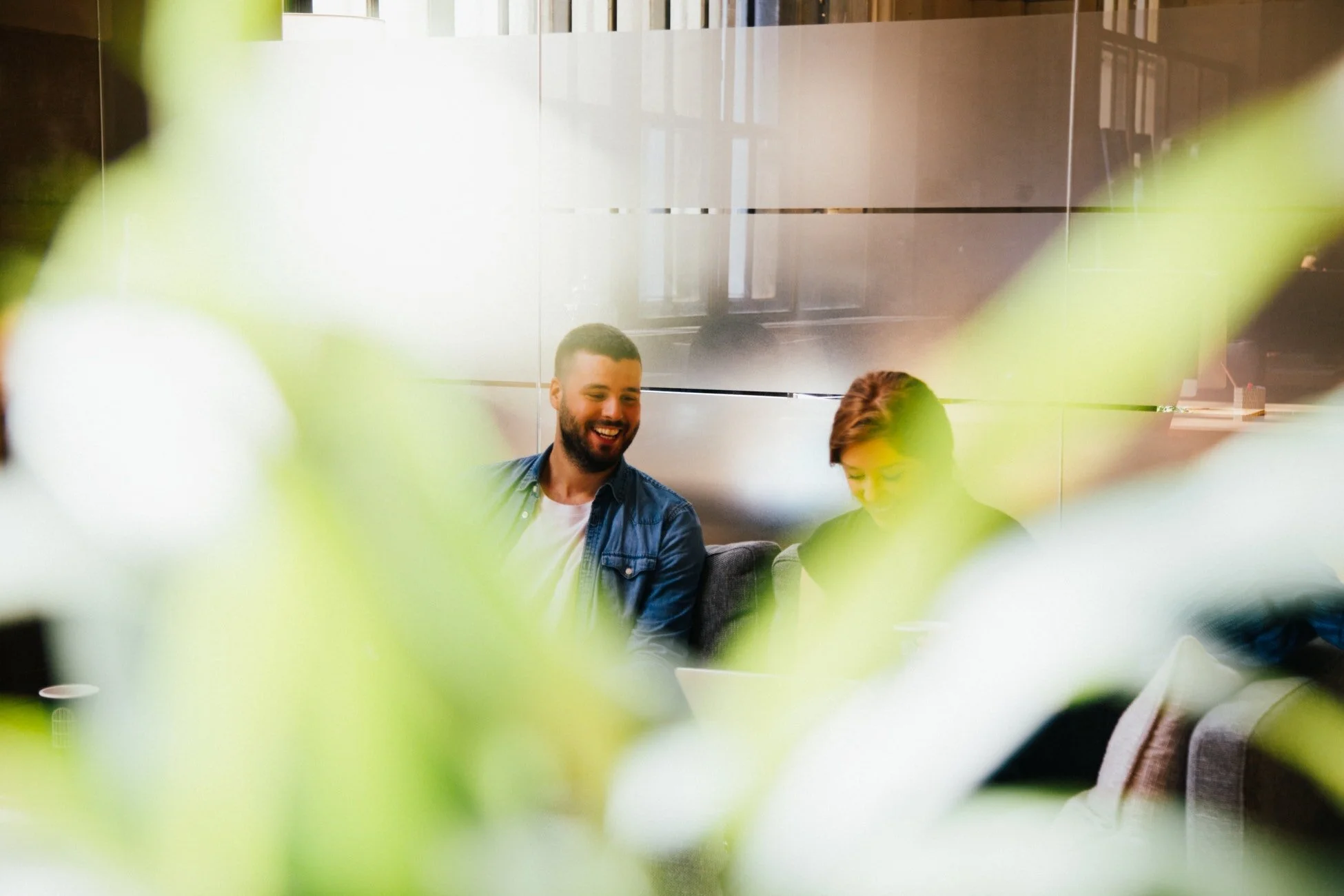Attracting people back into town centres post Covid-19
City and town centres, high streets and retail have been struggling for some time. The need for innovation, re-thinking space and creating experiences that people and communities truly want has been recognised. It’s predicted that the Covid-19 pandemic is going to accelerate the pace of change considerably. Online retail sales post the pandemic will reach over 25% of total sales. What that does mean is that 75% of sales remain in bricks and mortar. An AO representative was recently quoted as saying “our market is seeing 5 years’ of change in just 5 weeks!” So this means retail is far from dead, but it has changed and changed forever. So how do we ensure our town centres remain relevant and fulfil a true purpose?
When we look at opportunities we start with the question Why? Why would anyone be interested in coming here in today’s world?
Retail is no longer leading the way; most high streets are over saturated with retail. People need more enticing reasons; so why should they leave their homes and head to a city or town centre?
The answer – to meet other people, experience a wide variety of activities, take part in communal events, contribute to society and engage with their communities.
We ask ourselves, what can be curated that you simply cannot get online? We need a defensive strategy that embraces new technology but also adds the all-important social and experiential factor.
In order to deliver, we must make our town centre attractions accessible, convenient and enjoyable places where people want to spend time. The major challenge, currently, is how these social aspects can be converted into some form of monetary value. Delivering a large green space in a town centre, on the face of it, generates no economic value. BUT if it attracts people to the town, becomes a place to meet and socialise, in the medium term, this area will generate that economic return for the wider town or city centre. This is where partnering with Local Authorities is so essential.
Our early vision for Reading considered the area as a whole not just the shopping centre.
In our own centres, our focus on more community oriented activities has not only helped retain, but grow footfall. In Reading, pre-Covid, we were seeing a 28% increase in footfall year-on-year, as a result of these activities and the genuine engagement felt by the community. We have seen increases in footfall in our schemes in both Edinburgh and Greater Manchester as we introduced new, independent, complementary and diverse attractions. The greater the footfall, the greater the chances our tenants have to sell their goods and services. A shop in isolation cannot be regarded as the major attraction anymore.
One size does not fit all; every location is different, every building is different. The offer needs to be thoroughly considered to be relevant, culturally aligned and experience based. Understanding the customer base and the local area is imperative to design an offer that truly engages and complements the wider town.
Town centre living is indeed a major part of regenerating an area BUT not on its own. People are looking at lifestyle choices; not just living, but working, playing, socialising and learning, not to mention staying healthy.
So how do we establish what will and will not work? We engage with the key influencers, politicians, Local Authorities, educational establishments, health and wellness organisations. We understand the drivers for change in the community; what is missing, what has and what has not worked in the past and we design a strategy that achieves the wider town’s objectives. In Bolton we delivered restaurants, bars and a cinema to support the night time economy. In Reading we have an NHS drop-in centre, alongside other community and leisure initiatives, and created the opportunity to build a new 400-apartment residential scheme above the shopping centre.
Demolition and rebuild is not always the best option and it is environmentally disastrous. Reusing existing spaces is the clever bit. And then ensuring that those spaces buzz with attractions!
Our “Why?” mantra asks the same of workspaces. After becoming so accustomed to home-working, what is going to convince people to make a trip to the office? “I believe people are essentially social animals who need physical, in-person contact beyond just communicating via a screen.” Says Tim, Moorgarth’s CEO, “We just need to ensure workspaces are energising and enjoyable enough to entice people in. Gone are the days when people will be satisfied with the depressing battery hen style office.” At Moorgarth we are championing the blending of work, retail and leisure spaces to create mini eco systems whose inhabitants nourish one another.
There are plenty more shifts and turns in the road ahead as we navigate through this fast period of change. Getting it right is a collaborative effort; all stakeholders must feel appreciated, tenants seen as partners not operators, people and communities heard and understood to ensure we don’t get it right just once but that we remain relevant. The market landscape we see ahead is not for the faint hearted but we’re ready to deliver in the post-Covid world.
By Tim Vaughan, CEO









